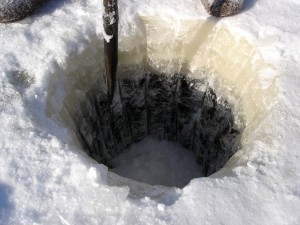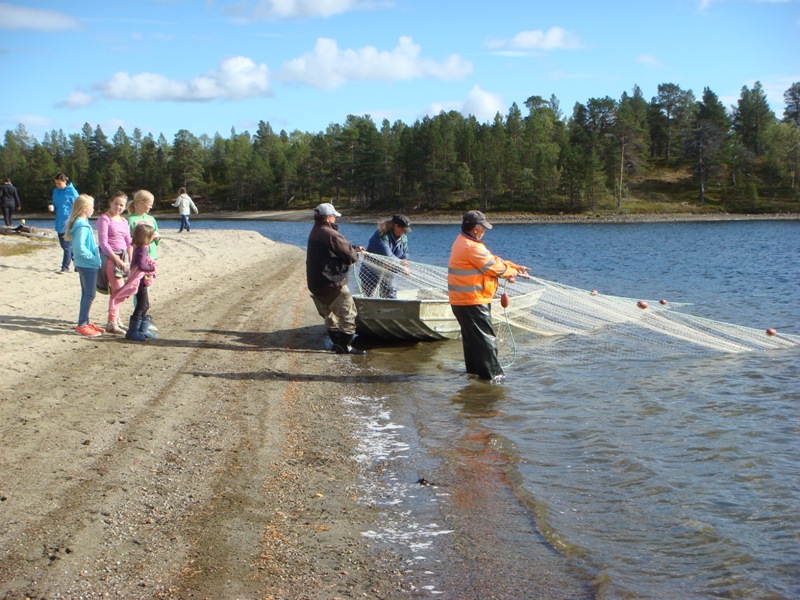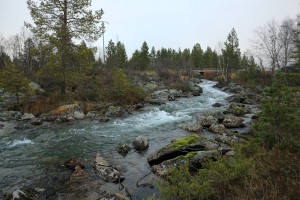The Arctic Council has released today the “Arctic Resilience Report”. The document contains materials and research from the Snowchange Näätämö Co-Management Project led by the Skolt Sámi in Northern Finland.
Environmental, ecological, and social changes are happening faster than ever in the Arctic, and are accelerating. They are also more extreme, well beyond what has been seen before. This means the integrity of Arctic ecosystems is increasingly challenged, threatening the sustainability of current ways of life in the Arctic and disruption of global climate and ecosystems: “This report uses the concepts of resilience and social-ecological systems to provide a holistic view of the Arctic. A social-ecological system is the combination of
the human and natural systems in any given place: for example, the Skolt Sámi communities in Finland, and the ecosystem that sustains them, including the salmon in the Näätämö River.”
 Snowchange participated in this multi-year assessment through chapter co-authoring, providing materials from the Skolt Sámi -led Näätämö river co-maangement project, operating since 2011, and by reviewing the Indigenous knowledge contents of the report chapters. The report says:
Snowchange participated in this multi-year assessment through chapter co-authoring, providing materials from the Skolt Sámi -led Näätämö river co-maangement project, operating since 2011, and by reviewing the Indigenous knowledge contents of the report chapters. The report says:
“Skolt Sámi fishing communities have relied on the highly productive salmon population of the Näätämö River, located between Finland and Norway, for decades. Not only are the salmon a source of food, but salmon and salmon fishing are deeply embedded within Skolt Sámi traditions and culture. However, climate change, mining, aquaculture, and tourism development are now threatening the Näätämö River salmon population, and as a result, the Skolt Sámi way of life. The communities have used their traditional holistic view of people and nature to cope with these stresses and to guide efforts to restore the Näätämö River. For example, having more sensitive, locally devised indicators of environmental change than the national regulatory parameters has allowed them to detect and and assess changes in a pre-emptive fashion.”
The Arctic Resilience Report is the concluding scientific product of the Arctic Resilience Assessment, a project launched by the Swedish Chairmanship of the Arctic Council. The report is available here.


